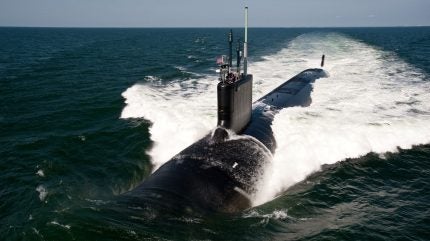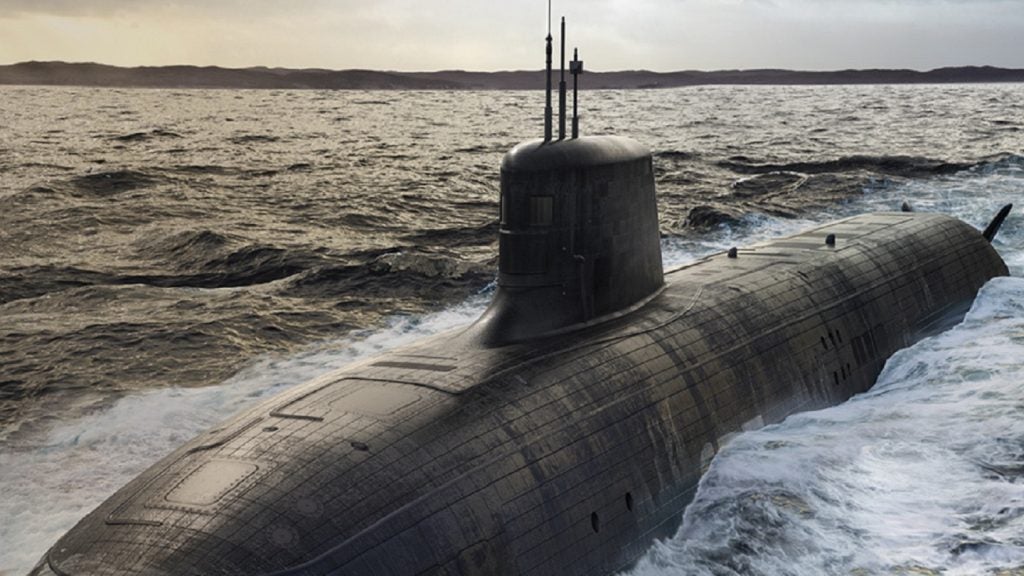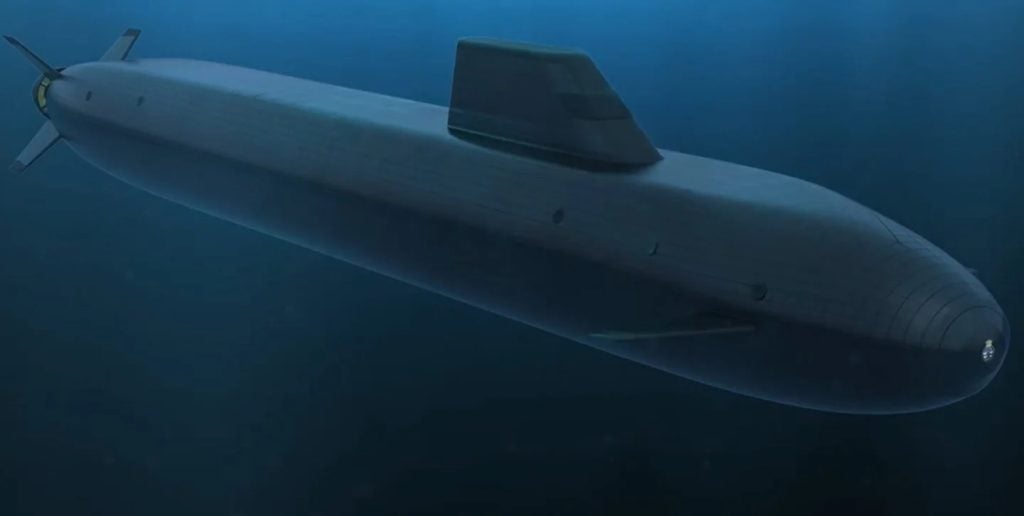
The US will provide “advanced technologies” for the in-development AUKUS-SSN submarine being developed for use by the UK Royal Navy and Royal Australian Navy, as part of a newly termed “optical pathway” to provide Canberra with a nuclear-powered attack submarine (SSN) capability.
The disclosure was revealed in a 21 March joint statement issued by the US, UK, and Australia, which is the triumvirate of nations that make up the AUKUS defence and security organisation. The statement added additional details to the AUKUS-SSN programme, including significant investments by Australia into its own and the UK’s submarine enterprise.
However, a key line in the statement revealed that the AUKUS-SSN was being “trilaterally” developed, based on the UK SSNR Astute-replacement design, but will incorporate “technology from all three nations”, including “cutting edge United States submarine technologies”.

It is not clear what “cutting edge US technologies” are referred to, although it could include strike elements such as the vertical launch system (VLS) based on the Virginia Payload Module developed for the US Navy’s Virginia-class SSNs to provide the type with additional firepower.
In addition, it is possible that a common torpedo could be utilised by the US, UK, and Australia, with US and UK submarine currently operating the Mk48 and Spearfish heavyweight torpedo respectively.
Other areas of commonality that could be derived from US technology include common and control systems, sonar, and other intelligence gathering sensors.
However, the UK’s in-service Astute-class SSNs are considered to be on at least par to the capabilities of the US Navy’s newest Block V Virginia class, featuring an array of UK- and European-origin systems.
The transition from the SSNR to the AUKUS-SSN
With the basis for the AUKUS-SSN taken from the UK’s SSNR (Submersible Ship Nuclear Replacement) programme, it is likely that system envisaged on this design would be placed as a starting point for its evolution into the joint UK-Australian design.
Announced in 2021 with the beginning of work to replace the Royal Navy’s Astute class even before all seven planned boats were delivered into service, the UK committed £85m each to BAE Systems and Rolls Royce to “start thinking” about the kinds of capabilities that the new SSNR class could wield.
BAE Systems’ Barrow-in-Furness site in Cumbria, England, is the home of UK submarine manufacturing, and currently responsible for the build and delivery of the remaining Astute-class SSNs and the new Dreadnought nuclear-powered ballistic missile submarines (SSBN), with the latter type fielding the country’s nuclear deterrent.

Rolls-Royce meanwhile builds the pressurised water reactors (PWR) used by UK submarines, meaning that the boats once under way never need to resurface during operations, their only limiting factor being the stores required to sustain the crew. The Astute class uses the PWR2, while the Dreadnought class will feature the under-development PWR3 power source.
With announcements that the AUKUS-SSN will become the largest attack submarines ever fielded by the UK Royal Navy, it is possible that the PW3 or a derivative could be used for the new joint UK-Australia SSN. Currently, a submerged Astute class displaces around 7,600t, compared to the approximate 10,000t of the latest Block V Virginia class.
Additionally, the SSNR was thought to be being designed with the consideration to contain an internal VLS from which to fire cruise missiles and other munitions. Given that UK SSNs do not use a VLS, instead firing all munitions (including cruise missiles) via forward-facing launch tubes, it is almost certain that the US would assist in the integration of such systems into the AUKUS-SSN.




